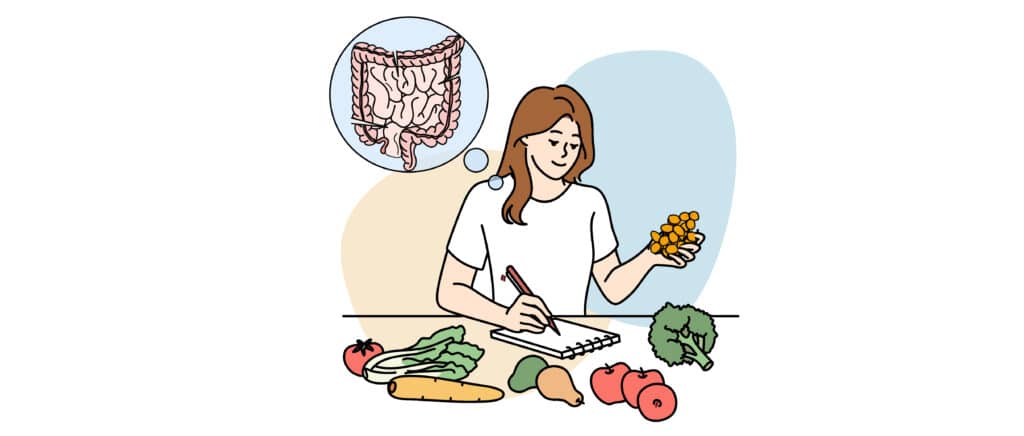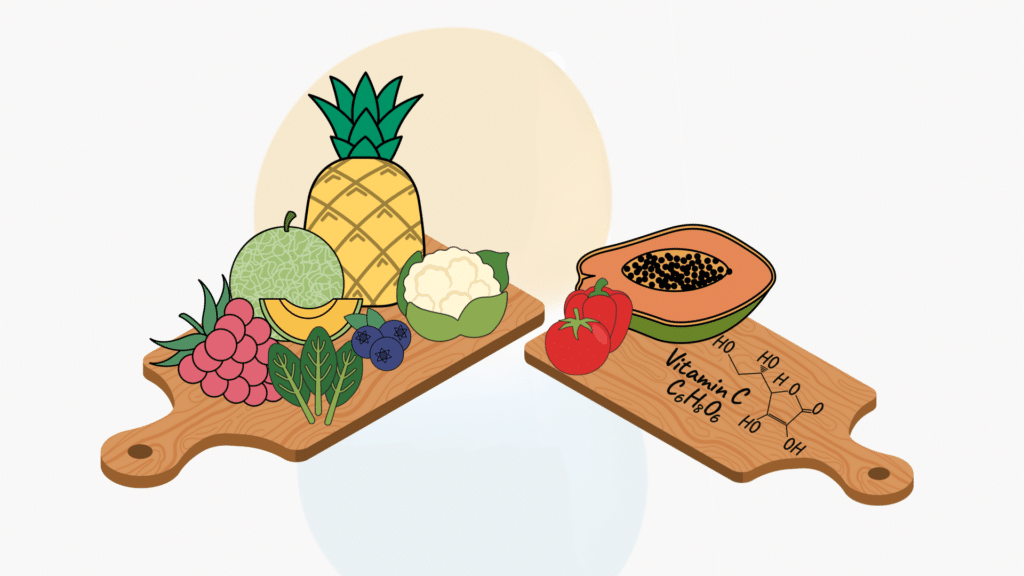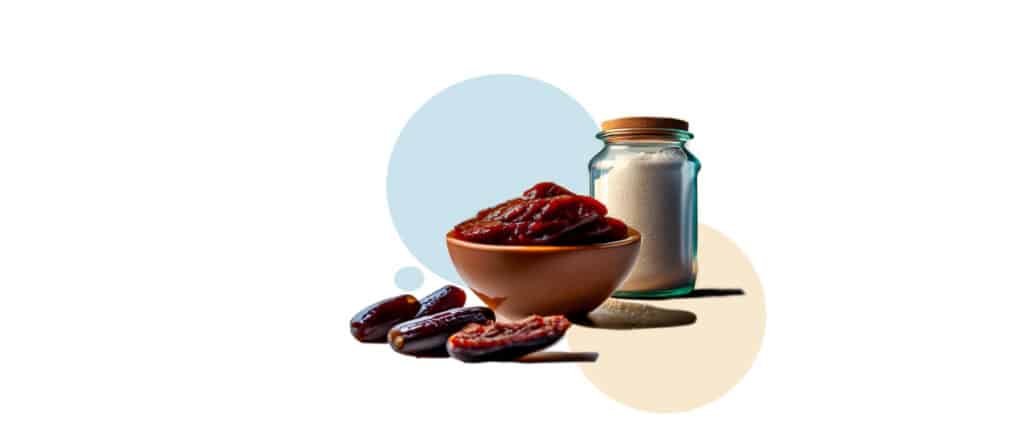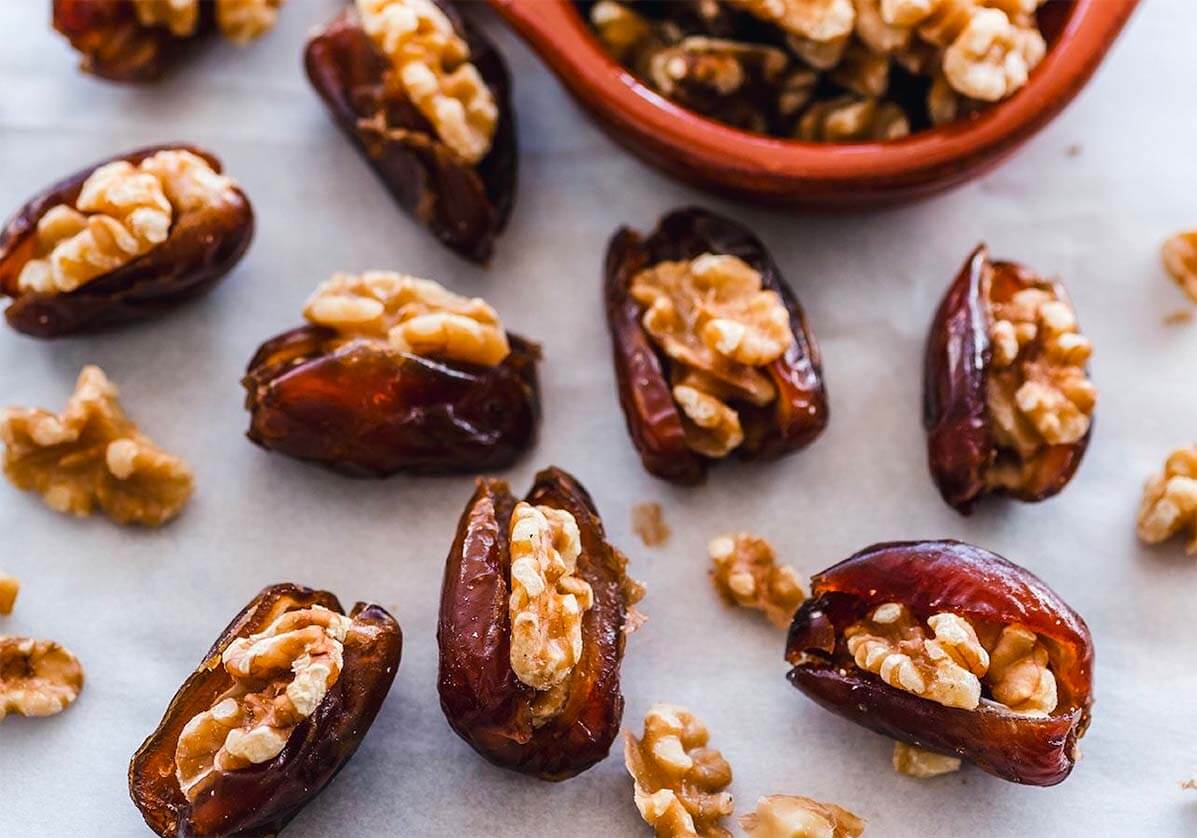Date Palm Industry Value
- From Farm to Table
- April 30, 2023
- 8 minutes read
- Many consume dates around the world, but they grow in specific climates and areas
- Growing dates comes with its benefits, economic costs, and rewards
- The date palm industry value has grown in recent years, and there are various reasons why
Dates are popular everywhere, but where are they grown? This fruit requires specific climates, and thus only certain regions will grow and harvest it. Still, the date palm market value has expanded in recent years. The popularity of dates continues to skyrocket as their health benefits become widespread. Since the date industry is ever-evolving, it should not be a surprise that it will expand in the Middle East and elsewhere.
What Are Dates Good For
Dates have been part of Middle Eastern diets for centuries. Not only are they nutritious, but they are also beneficial for your health. The dry fruit has a low glycemic index, which means it will not raise your blood glucose levels too much.
This fruit is rich in antioxidant and anti-inflammatory. This means that it can help deter oxidative damage, inflammation, and other toxins that lead to chronic and acute illnesses.
But dates are not new in the Arabian Peninsula and have been around for centuries, including in the Holy Quran. According to history, Iraq is the place of origin for the fruit. Dates are a big dietary and economic source for Middle Eastern and North African communities.
Where Are Dates Grown
Dates come from palm trees belonging to the Arecaceae or Palmae. The date palm tree is one of the oldest, and its fruit has been food for 6,000 years. There are over 200 varieties, and they are grown in Egypt, Saudi Arabia, and North Africa.
Although the date palm tree is a staple in Southwest Asia and North Africa, it has become popular in other countries, including Australia, Mexico, South America, and the United States.
How to Grow a Date Palm
Dates can only grow in very hot and dry climates. They can tolerate salty and alkaline soils as well. Dates need intensely hot temperatures with very little rain or humidity for adequate growth. Dates still need water near their surface. These conditions are abundant in the Middle East, where temperatures range between 12.7 and 27.5 °C (55 and 85°F). This fruit can withstand temperatures as high as 50 °C (122 °F) and as low as –5 °C (23 °F).
The Industry Behind the Date Palm Tree
There are over 200 types of dates and 13 species of palms that can produce dates. This fruit is native to the Canary Islands, northern and central Africa, southeast Europe, and southern Asia, including Turkey, China, and Malaysia.
Nonetheless, date palm trees are not only valuable for their fruit. Date trees can also be landscape items. That is why they were in many commercial spaces during the 2008 economic crisis. Date palm trees were planted to the United States for decorative purposes, but production has expanded in recent years. If you want to buy a date palm, it could cost more than $300 per meter of trunk height.
Date Palm Income
Egypt remains the world’s number one producer of dates, followed by Iran, Algeria, Saudi Arabia, and the United Arab Emirates. California remains the number one producer of dates in the United States, with over 90% of the total production. The yield per acre was 3.94 tons, with a $2,320 price per ton, which resulted in a total value of $114 million for the crop.
In contrast, Pakistan is the sixth-largest producer of dates in the world. A study of the major crops in the country revealed that most of the income earned was less than $500 per month. Only 18% had a monthly gain from $1000 to $2000. Date fruit sales contributed over 50% to the total income of 39% of producers. Finally, less than 20% had a monthly income equal to or greater than $2000.
Date Palm Industry Value
In 2012, global date production equaled 7 million tons, or over $1 billion in total. The production of dates has increased over the years. In the 1990s, there were 20 countries producing dates, for a total of 3.5 million metric tons. By the 2000s, the total was 6.5 million metric tons, and by 2014, the total had exceeded 7 million metric tons.
Today, over 100 million date palm trees cover over 1.3 million hectares worldwide. Asia contains the biggest area, which includes the Middle Eastern countries. These account for a total of 833,351 hectares. Africa follows with 416,695. Of these, 392,200 hectares are in North Africa alone.
By 2019, the global date palm market value was 13.4 billion U.S. dollars, but it is forecast, and in Africa, the production focuses on raw fruit due to the high quality of the fruit produced.
In some cases, in North Africa and the Middle East, dates are still harvested and consumed during the Khalal stage of the fruit, when it is still astringent and contains a high tannin content. For the most part, dates are harvested when they are in the ripened stages of Rutab and Tamar. During these stages, the fruit has low moisture and low tannin content. Cultivation and consumption vary depending on the purpose of the fruit and where it will be exported.
Date production in the Arabian Peninsula, Middle East, and United States has grown and will continue to grow. Research continues to grow in Arizona, and the United States Department of Agriculture (USDA) expects further production to continue.
The date palm is and has been valued for centuries. In recent years, more countries have become producers of the date fruit for various reasons, but dates require specific climates and conditions. The date palm market value has increased in the 2000s and will increase further by 2025, reaching 16.25 billion U.S. dollars by 2025.
The Future of the Date Palm Market
In the past 30 years, the production and use of date fruit products have expanded beyond the use of table fruit. In the United States, the production of dates has attempted to cater to using date flesh for a variety of products aside from dry fruit.
Summary
While dates have been around for centuries, they have become popular across various regions of the world due to their nutritional and health benefits. Date production is still high in the Middle East and North Africa, but it has grown in the United States and other regions. The future of the date palm market is expected to grow further as demand continues to rise.
SCIENTIFIC INFORMATION:
Antioxidant: compounds that help fight free radicals, chemicals, and harmful toxins that cause damage to the body.








